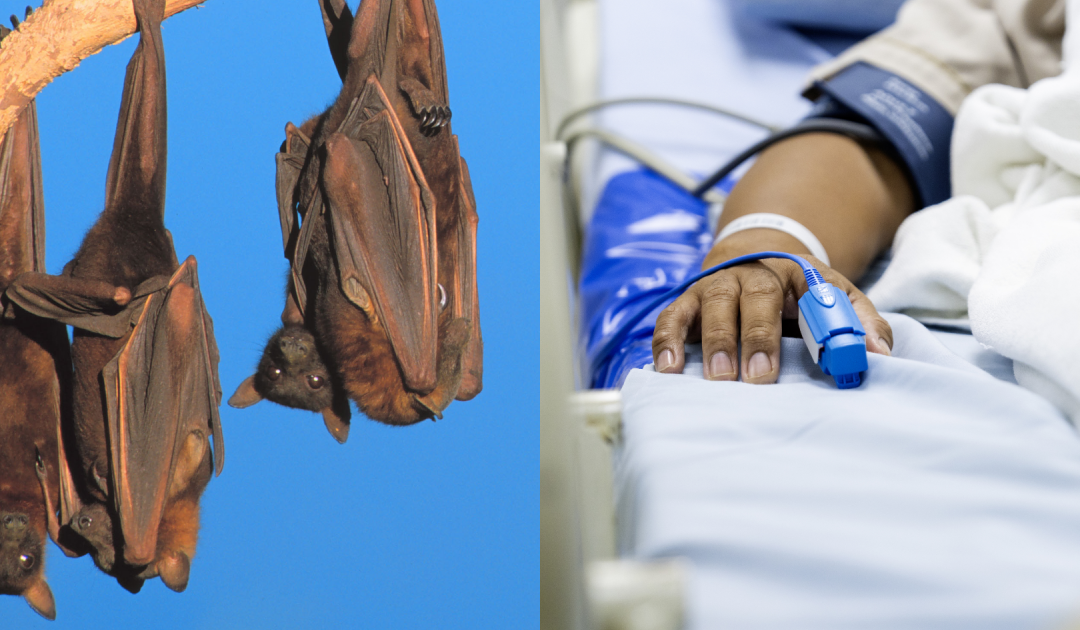Yes, you read that right. Bat poop.
In one of the most unusual and tragic stories in recent memory, two men lost their lives after contracting a severe type of pneumonia linked to an unconventional fertilizer.
What was this fertilizer? Bat guano—commonly referred to as bat poop.
Yes, you read that correctly. These men used bat droppings to fertilize their cannabis plants, and unfortunately, the consequences were devastating.
The unnamed men fell seriously ill after handling the guano, which contains fungal spores that proved to be fatal in these cases.
The men were diagnosed with histoplasmosis, a fungal infection caused by the Histoplasma fungus, which is commonly found in bat droppings.
This infection primarily affects the lungs and can lead to severe complications.
Researchers from the University of Rochester highlighted the risks in a report, stating: “Exposure to bat guano among cannabis growers appears to be a recent trend that can lead to histoplasmosis cases and outbreaks.”
One of the victims, a 59-year-old man, had a preexisting lung condition known as emphysema, which likely made him more vulnerable to the infection.

Bats and their droppings can be infected with a fungus that proves fatal
Jaanus JŠrva/Focus/Universal Images Group via Getty Images
In addition to emphysema, the man suffered from arthritis and was admitted to the hospital for respiratory failure.
His condition had been worsening for weeks, with significant weight loss and difficulty swallowing being some of the symptoms he experienced.
Doctors initially treated him for pneumonia and a bacterial infection, but his condition required the use of a ventilator.
Tissue samples later confirmed the presence of the Histoplasma fungus, which is responsible for histoplasmosis.
The patient disclosed that he had purchased bat guano from an online marketplace in the weeks leading up to his hospitalization.
His goal was to use it as a natural fertilizer for his cannabis plants.
The other man who died from histoplasmosis experienced a different set of complications.
He developed a condition that restricted blood flow to his arms and legs, as well as a chronic cough that persisted over time.

Histoplasma capsulatum fungus
Centers for Disease Control and Prevention
As researchers wrote: “Remarkably, the patient reported a heavy bat infestation of his attic with a thick layer of guano that he inspected on multiple occasions intending to use it as fertilizer for his cannabis plants. He denied other potential exposures to Histoplasma”
Although he was initially treated for histoplasmosis, his health deteriorated further after being discharged.
He returned to the hospital with severe abdominal pain and eventually succumbed to a condition in which blood flow to the intestines was reduced or entirely cut off.
So, should we be worried about such cases? Thankfully, histoplasmosis infections remain rare.
Statistics indicate that only 1 to 2 out of every 100,000 people in the U.S. are affected annually.
However, it’s essential to be cautious and recognize potential symptoms, which include fever, muscle aches, chest pain, and difficulty breathing.
Aside from bat guano, bird droppings are another common source of the Histoplasma fungus.
These natural fertilizers, while effective for gardening, can pose significant health risks if handled improperly.
Experts have also noted that bat guano is increasingly being promoted as a fertilizer, especially with the legalization of cannabis cultivation in many areas.
They stress the importance of educating the public about the associated risks.
To mitigate risks, researchers recommend: “Commercial biofertilizers containing bat guano should be tested for [the fungus] before reaching the market”
They further suggest implementing measures to minimize exposure, emphasizing: “If testing is not feasible, risk mitigation strategies should be implemented.”

